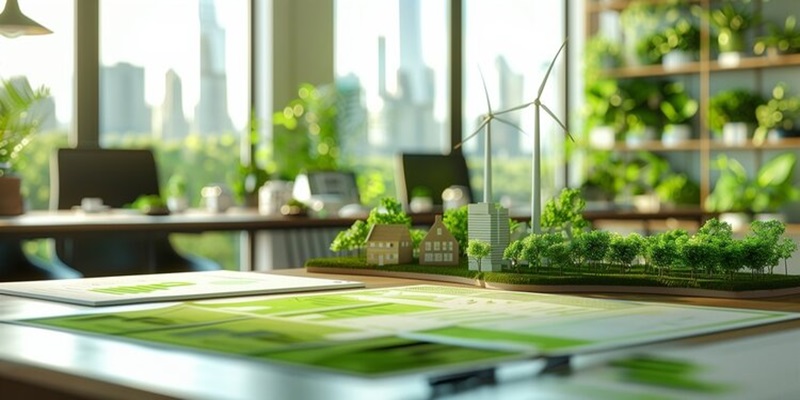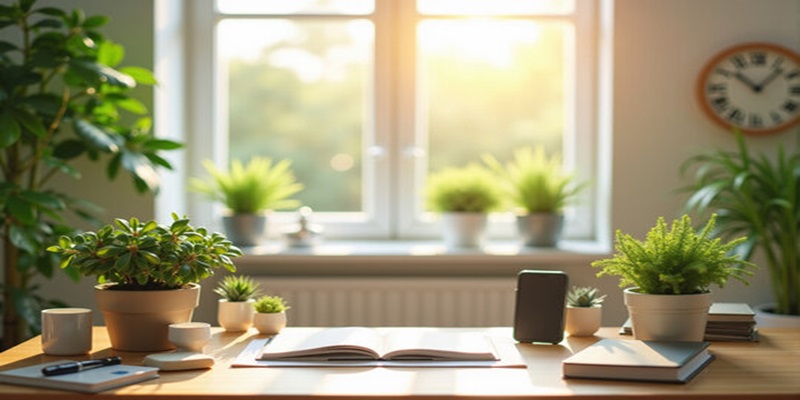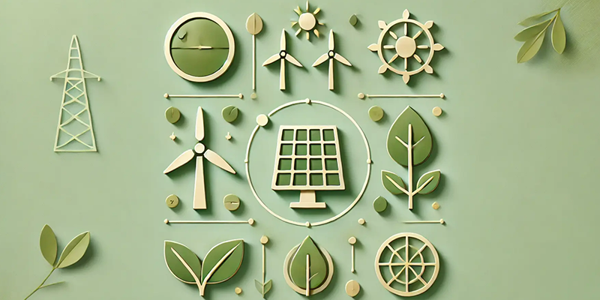How To Make Your Home Sustainable Friendly? Eco-Friendly Upgrades To Do
Are you starting to think green? Want to know everything about creating a sustainable home? We are here to help you make an eco-friendly home that will be a positive step towards your family's sustainable future. In this article, we provide you with realistic steps you can take towards achieving the dream of creating an eco-friendly home.

1. Add Insulation To Your Home
During the winter, you need to install insulation in your home so the heat doesn't escape. There are many eco-friendly insulation options, but the expert's choice is cork, which is produced from the regenerating bark of the cork oak tree.
2. Choose Air Sealing
Research cites that an average home loses up to 50% of its heat through under-insulated attics. It would help if you got air sealing done so that the temperature can be easily regulated, and this reduces energy usage. This could be the bettering of climate control actions.
3. Include Natural Light In Your Floor Plan
Natural light in most rooms during the day would be such an energy saver. Big window stills and clean glasses could help sunlight enter every room and thus reduce energy consumption and money spent.
4. Choose Sustainable Flooring Options
Reclaimed wood salvaged from old barns can be found in many places and used in your home. This way, you will help reduce tree cutting and refurbish a fantastic item. These reclaimed woods also don't contain any volatile compounds, so that's a merit. Other eco-friendly flooring options include bamboo, cork, recycled glass, etc.
5. Choose Energy-Efficient Acs
Air conditioners have become a must. However, you could opt for energy-efficient ones. This will reduce your carbon footprint and save you much money on bills. You can choose from different types of ACs according to your home's needs but always choose eco-friendly ones.
6. Invest In Hydronic Radiant Heating
This is an eco-friendly alternative to traditional air gas heating systems. In this, water is used to heat the home instead of air. Water-based heating systems are much cheaper than their conventional alternatives and do not cause allergies in the long run.
7. Opt For Solar Panels
Get solar panels on your roof and use their energy to reduce your dependence on fossil fuels. Although installing solar panels could be a little costly, most states in the US have subsidies and incentives for households that choose to do so. Solar energy might take a while to dent your bills, but in the long run, it is sustainable and the most proven way to reduce household energy use.
8. Upgrade Power Strips
This step reduces the phantom power losses caused by plugging and unplugging electronic devices. Advanced power strips have a mix of controls and will let the outlets from which the devices are on take power.
9. Add a Smart Thermostat
Maintaining one's energy consumption at peak and low times couldn't be easier with a digital thermostat. With the help of your smartphones, you can now manage this and thus help with energy efficiency and consumption.
10. Use LED Bulbs
If you are still using fluorescent light bulbs, now would be the time to dump that away and switch to LED lights. LED lights consume 90% less energy than other bulbs and help reduce energy consumption without affecting efficiency. They also last longer than the fluorescent bulbs.
11. Try To Keep Your Electronics For Seven Or More Years
Electronic waste is a significant detriment at the moment. Old computers, TVs, and smartphones all contain toxins like beryllium, mercury, and lead that are incredibly harmful to the environment. The correct disposal of electronic items is a must. Some items could be refurbished or remade into other items and safely disposed of.
12. Reduce The Use Of Single-Use Disposables In The Kitchen
Single-use plastics contain harmful microplastics, such as straws, cups, and cutlery. So, opt for reusable materials like stainless steel, bamboo, or wood. If your kitchen has plastic containers, dump them and store your grocery items in sustainable alternatives.

Eco-Friendly Home, Here We Come!
Creating a sustainable home benefits you, nature, and the environment. Being conscious of our actions is the only way to ensure a safe environment for future generations. With the tips you learned from this article, adopt eco-friendly practices in your home building.





